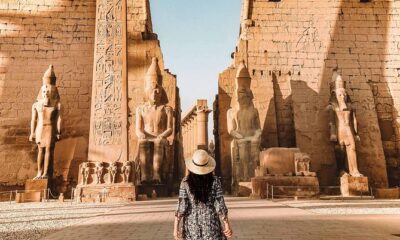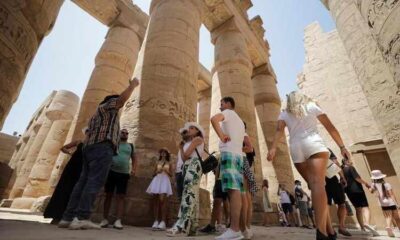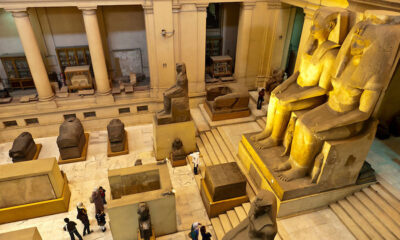Egypt
Unrevealed secrets about Egypt
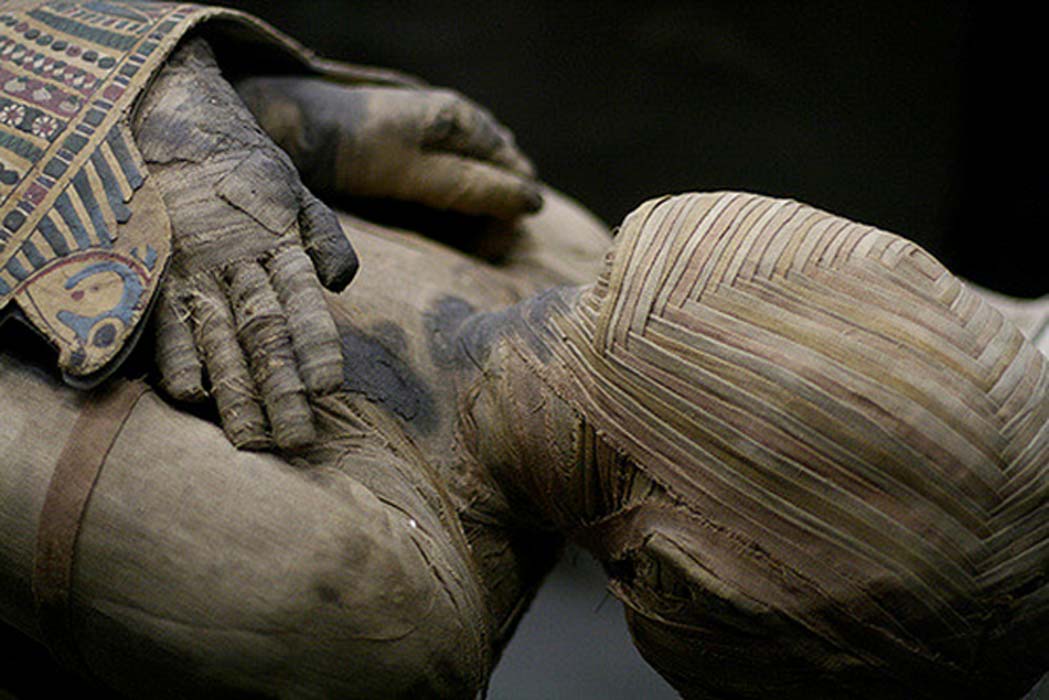
At the wake of the Fourth Industrial Revolution, and despite the advancement of science and knowledge, we still cannot reveal all the mysteries of ancient Egypt. Egyptologists and scientists employ modern technology to uncover unresolved mysteries and secrets. While the use of modern technology facilitated the excavation of many monuments and hidden temples, it also disclosed further mysteries and secrets.
Strikingly, ancient Egyptians had their exclusive inventions and unresolved mysteries. Here are some examples:
Mummification
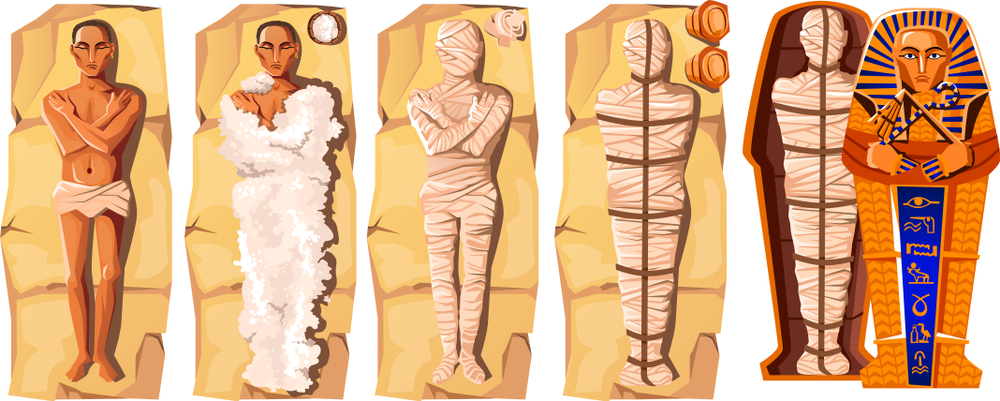
Mummification is one of the most striking mystery ever known. The process was revealed in innumerable inscriptions written by ancient Egyptians, yet its secrets are still not fully disclosed. What makes mummification breathtaking is that it shows how the ancient Egyptians’ have developed a full understanding of the human anatomy.
Embalmers used to extract internal organs from the corpse prior to wrapping it with natron, a type of salt with drying characteristics that prevents decomposition. Since they strongly believed in the afterlife, the only organ left behind was the heart, which was believed to possess the person’s intelligence and feelings. In addition to this, embalmers usually kept the mouth of a mummy open, thereby enabling it to eat and speak.
They also used amulets and magical writings, coupled with religious rituals and rites in order to avoid mishap and preserve the mummy, which was eventually retained from decaying in a shroud. such a remarkable process holds a magical mystery that is still not fully understood to this date.
The Hidden Chamber of the Great Pyramid
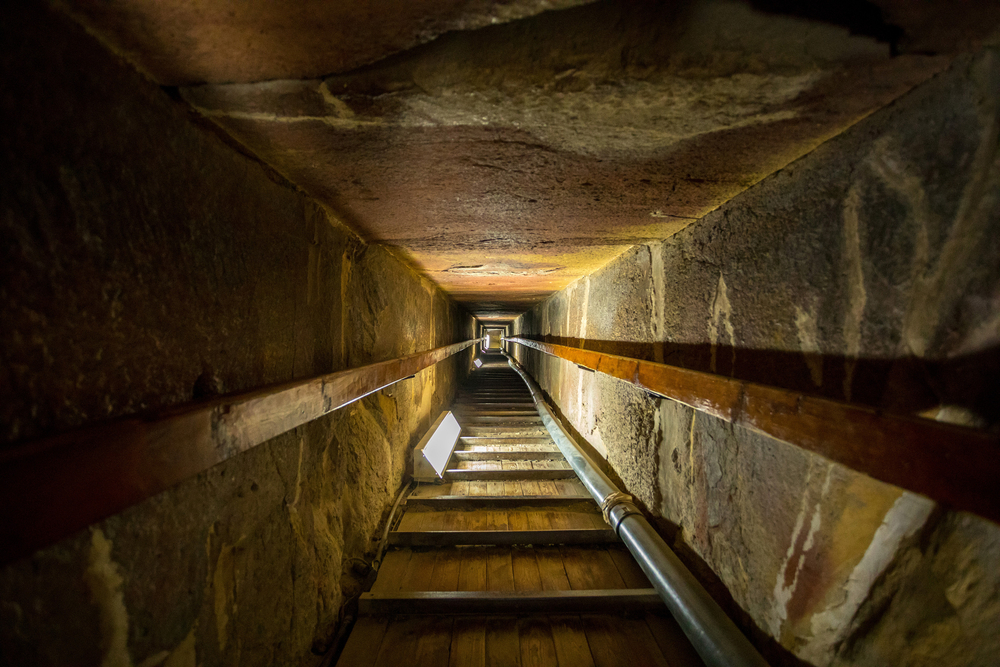
The Great Pyramid is a mystery in itself. With the discovery of its hidden chamber above the grand gallery, which a group of Russian scientists believed it to be solar cells, a heated debate was held over its purpose. A group of scientists and archeologists hypothesized that it could have been either used as a ramp for moving gigantic roof blocks into place, or a corridor leading to King Khufu’s (aka Cheops) burial room.
In line with this hypothesis, some scientists suggested that the large void could be just a long hallway, if it was inclined. As the rationale behind creating such enigmatic void is still unspecified, another group of scientists see that the shape and structure of the Pyramid facilitate the transmission of excessive electromagnetic waves into the hidden chamber.
Furthermore, some speculated that it could have been built to prevent Khufu chamber’s ceiling from collapsing by taking the pressure off…and the mystery continues.
Serapeum of Saqqara
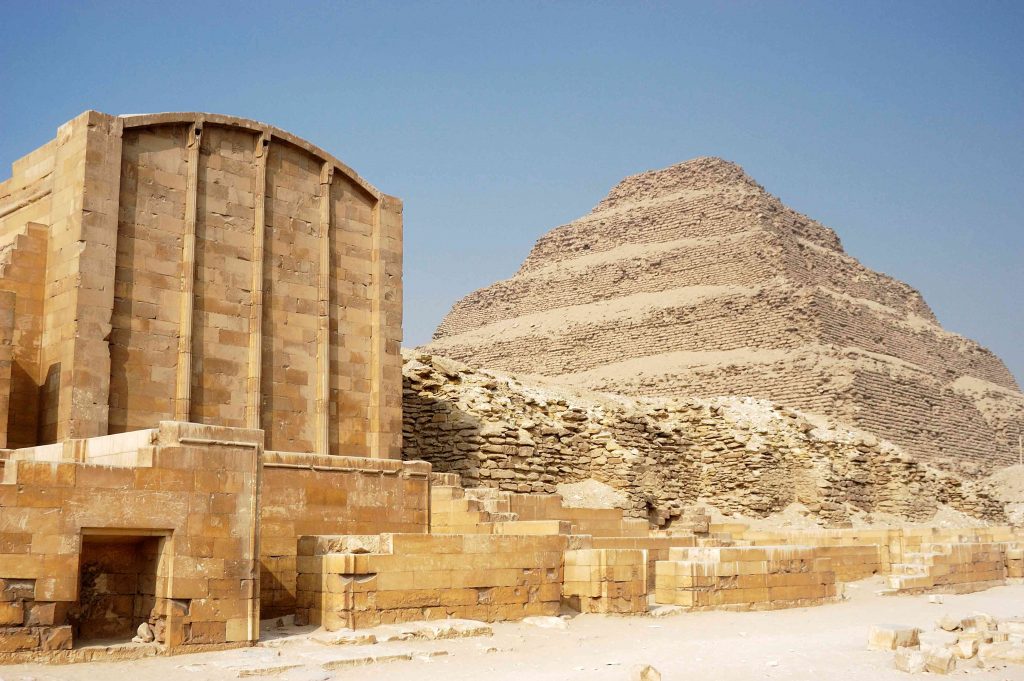
The Serapeum tomb is an 18 meters deep unearthed tomb, which exemplifies an incredibly architectural miracle and stands today as a living proof of how Ancient Egypt was one of the most technologically advanced civilizations of antiquity. It is comprised of 42 reciprocal catacombs where 42 mummified Apis bulls, the god of fertility, were buried in a huge sarcophagi made out of granite, which was extracted from quarries in Aswan and Abu Simbel. Astoundingly, each sarcophagus – which weights around 80 tonnes – was perfectly designed as if it was cut by laser.
This raises a question over the extraction and the transfer of granite, notably with the lack of tanker-like ships or heavy machinery. Adding to the continuous mystery, the sarcophagi were accurately positioned in their notches. The U-shaped ventilation system of the tomb is also phenomenal, and reflects the advancement in technology and architecture. Archeologists presume that there is a plethora of undiscovered tombs for Apis bull located underneath the discovered ones.
Dendera Temple Complex
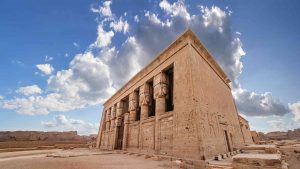
The Egyptian goddess Hathor was seen as the mother of the sun and her name refers to light. This is coupled with the mainstream myth that the Serpent gods sprang into existence from a lotus flower. Accordingly, some experts believe that the inscriptions and artifacts on the walls of the Dendera Temple imply that the Ancient Pharaohs invented electricity. The ancient bulb resembles the modern-day light bulb.
It takes the shape of a serpent which is connected to a two-armed djed pillar forming a curvy line from a lotus inside a bulb-like object. Such sophisticated design raised controversy among Egyptologists and researchers as some suggested that the snake was the wire, the djed pillar was an insulator, and the tube was the ancient bulb. Nonetheless, many Egyptologists dismissed such hypothesis, arguing that it just signifies the birth of the sun god from the lotus flower.
The Sphinx’s Small Head
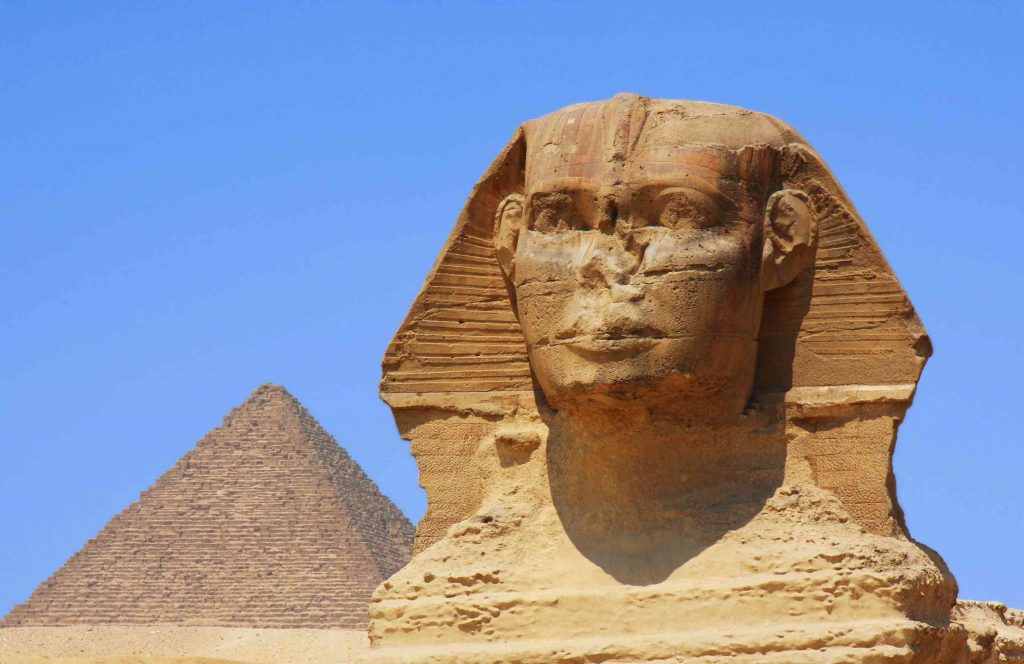
The massive disproportionality of the Sphinx’s head and body is actually eye-catching, especially since all ancient constructions were perfectly designed and positioned. Numerous hypotheses were raised, including one argument that the Sphinx originally had a head of a lion, which symbolized power and might.
To support this hypothesis, a geologist pointed out that the original Sphinx is hundreds of years older than the currently believed date. Another hypothesis speculates that the head of the Great Sphinx resembles that of King Khafra, while another postulates that the Sphinx was built to honor King Khufu. Such differing views between geologists and Egyptologists demonstrates how difficult it is to reveal the secret of the Sphinx.
In a nutshell, the buried secrets of Egypt will continue to raise speculations, as long as there is no clear-cut truth.
Share

